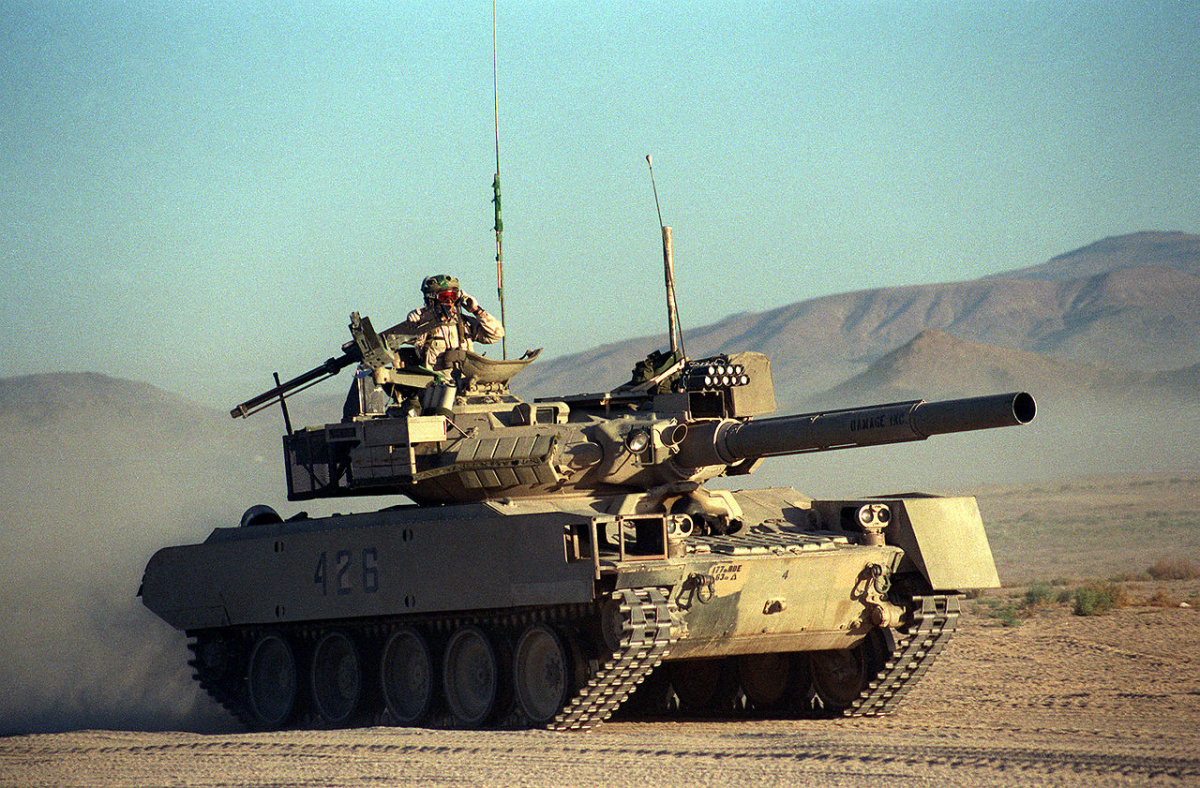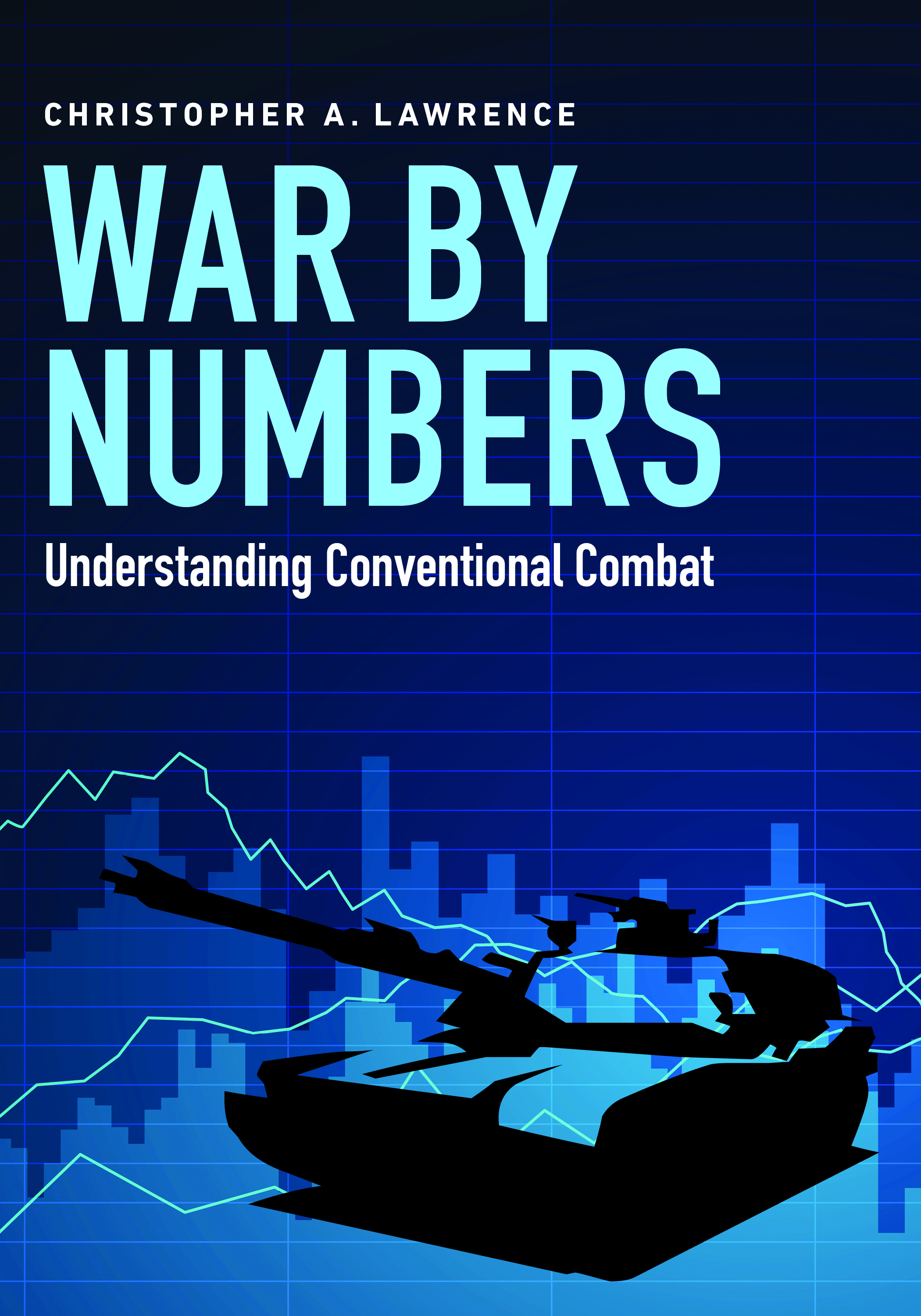Continuing with the eighteenth lecture from Professor Michael Spagat’s Economics of Warfare course that he gives at Royal Holloway University. It is posted on his blog Wars, Numbers and Human Losses at: https://mikespagat.wordpress.com/
This lecture discussed the “costs of terrorism.” Now we have never done much work on terrorism, neither at The Dupuy Institute (TDI) or at any of Trevor Dupuy’s older organizations (TNDA/HERO/DMSI). At DMSI in the 1980s, they looked at doing work on terrorism, as part of the effort to “expand the business” but it was really not our core expertise and there was already a considerable number of people out there working the subject. We (HERO Books) did end up publishing a couple of books on terrorism. We no longer have them in stock: http://www.dupuyinstitute.org/booksfs.htm
Now, terrorism is part of many insurgencies, and in some cases, may be a primary tool of an insurgency. This is especially true if it is an international political movement, like for example, the anarchists in the 1870s-1920s, which actually did assassinate one of our presidents (William McKinley in 1901) and bombed Wall Street in 1920 (38 killed and 400 wounded). International terrorism is not exactly new. If I was going to do anything on international terrorism, a comparative analysis to the anarchist movement, and other such movements, would be my starting point.
Slides 2 and 3 provide a list of causes of death for Americans in 2014. Of course, various diseases top the list (like cardio-vascular and cancer), and then there are 136,053 deaths in 2014 due to accidents, 47,055 due to drug overdoses, 42,773 due to “intentional self-harm,” 37,195 due to “transportation accidents,” 10,945 due to firearm assault, 6,721 due to HIV, 6,258 pedestrian deaths and of course…..19 due to terrorism in 2014 (and 44 in 2015…see slide 4).
I think this is a very valid point, if as a society we are concerned where to focus our time, resources and attention. As he points out on slide 4, even the 3,004 American deaths suffered in 2001 (9/11) is will below the number of pedestrian deaths in 2014.
He then references a book on slide 8 by Alan Krueger that makes an argument that the economic impact of terrorism is actually relatively low overall (slides 9-20), including making the argument that overreaction to terrorism is very costly (see slide 13).
He then addresses other papers on slides 21 and 37. These are interesting to look at as they attempt to measure the cost of terrorism, both microeconomic cost and macroeconomic costs. Probably best to read through it yourself.
The link to his lecture is here: http://personal.rhul.ac.uk/uhte/014/Economics%20of%20Warfare/Lecture%2018.pdf



